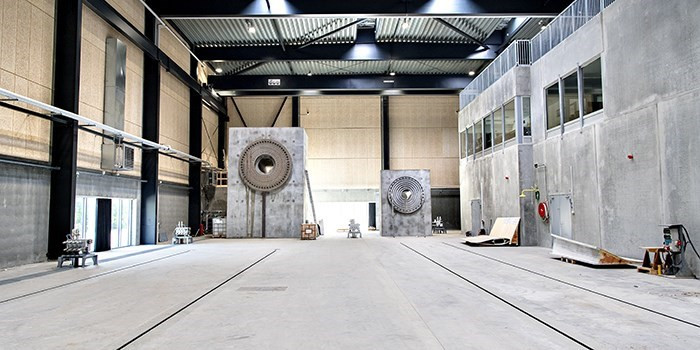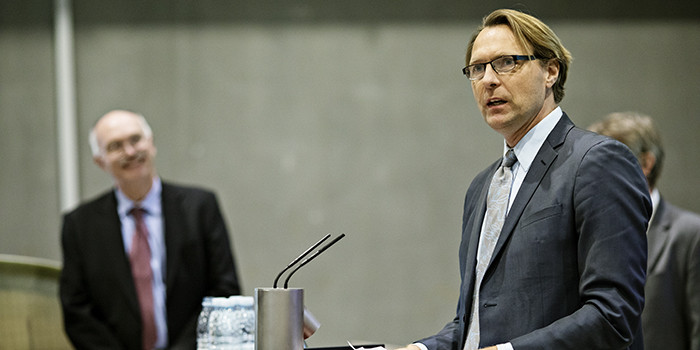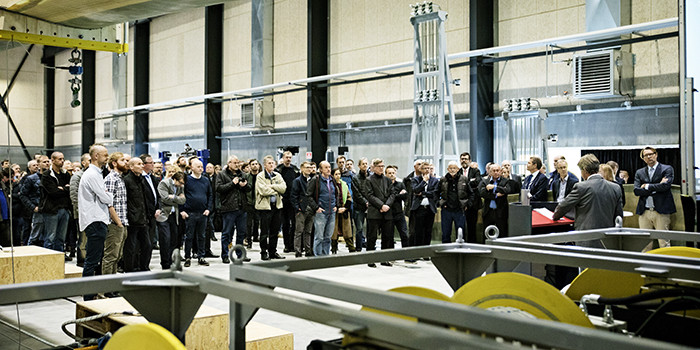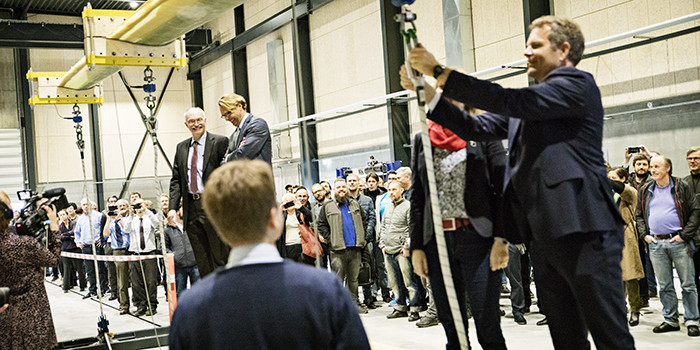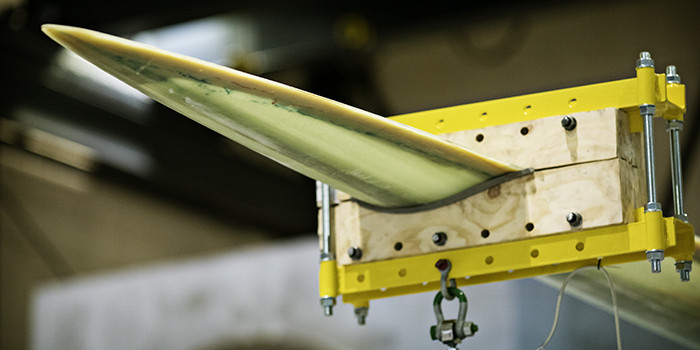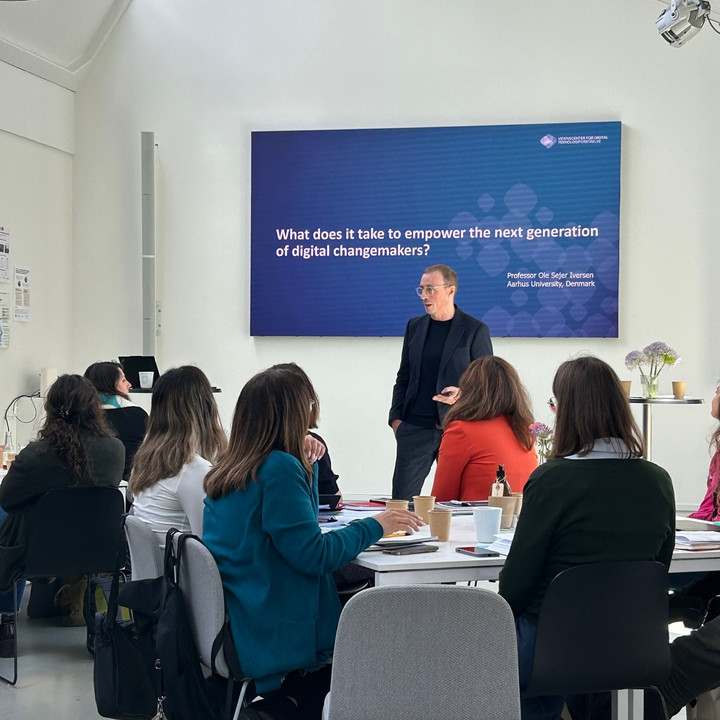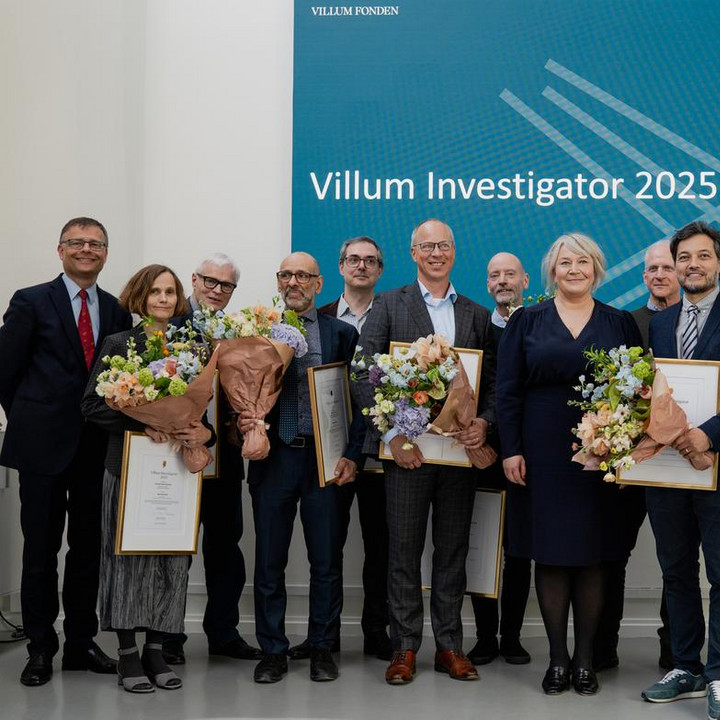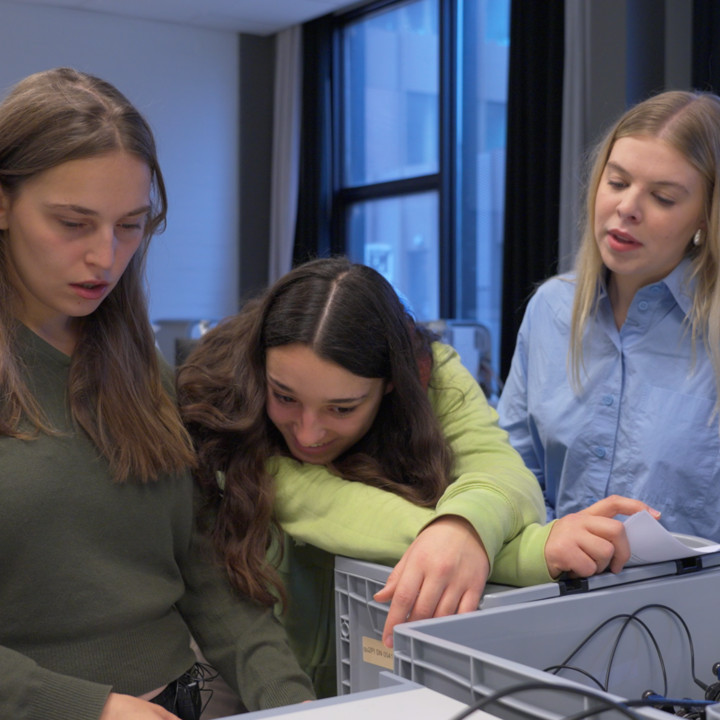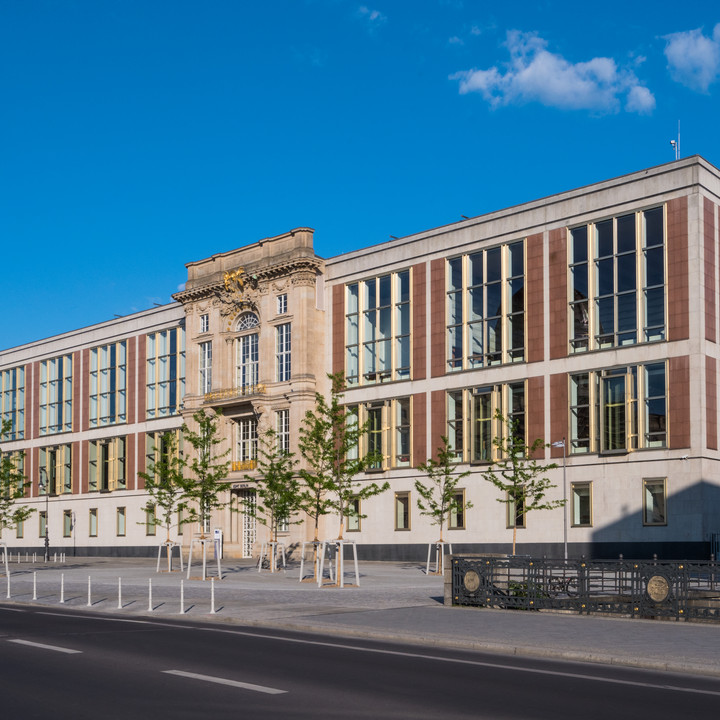New centre offers better opportunities for advanced structural and material testing
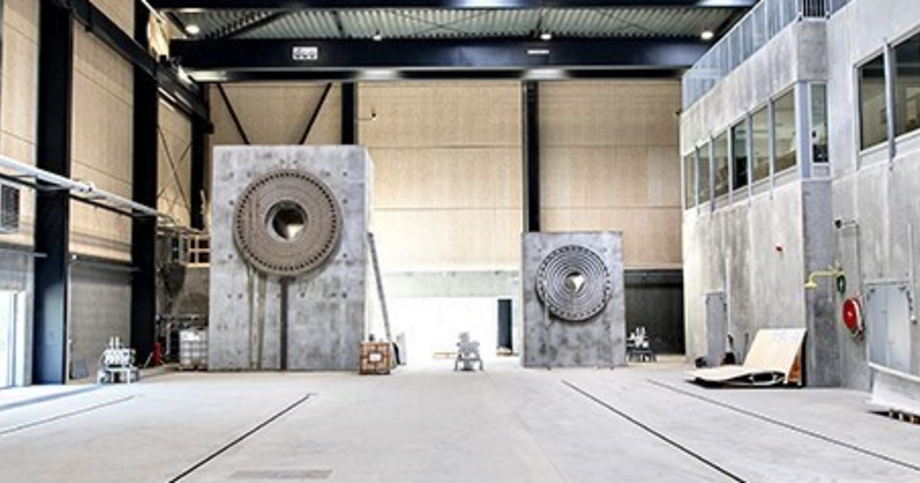
08/11/2017
On November 7, DTU inaugurated a new centre – Villum Center for Advanced Structural and Material Testing (CASMaT) - which enables testing of materials and structures on multiple scales.
When building a bridge or installing a wind turbine, it is important that the materials used in the structures are thoroughly tested, allowing users to move safely on and around them. The new Villum Center for Advanced Structural and Material Testing (CASMaT) is a new centre at DTU, which enables testing of materials and structures ranging from fiber levels over sections of building structures to wind turbine blades.
CASMaT is a collaboration between DTU Civil Engineering, DTU Mechanical Engineering, and DTU Wind Energy. VILLUM FONDEN has supported the establishment of CASMaT with DKK 76 million.
DTU's new centre has test facilities in both Lyngby and Roskilde. Structural Lab on Lyngby Campus offers new opportunities for research into building structures and materials on multiple scales. The Large Scale Facility on Risø Campus in Roskilde - where the inauguration took place - was designed for testing major structures, such as wind turbine blades.
A unique opportunity to strengthen DTU's competences
At the inauguration of the new facilities, President of DTU, Anders O. Bjarklev, said:
"Villum Center for Advanced Structural and Material Testing offers a unique opportunity to strengthen DTU's competence and international network. This will benefit both researchers in the field as well as the collaboration with authorities and industry, who may also benefit greatly from the opportunities offered by the new centre. In order to carry out tests on multiple scales, it is necessary to build large-scale test facilities and at the same time invest in equipment that enables advanced measurements",
"VILLUM FONDEN supports the new facilities at DTU, because we want to contribute to creating the best possible conditions for experimental research in materials and structures in several scales. With these ultra-modern facilities, we now have unique opportunities to conduct research at the very highest international level. It is now up to DTU to ensure that this interdisciplinary potential can be realised. We look forward to monitoring the projects and findings which the centre will help create".
Lars Hansen, Executive director of VILLUM FONDEN, in his speech at the inauguration.
The first project has been initiated
The new large test hall on Risø Campus has room for three wind turbine blades of different sizes. The first wing to be tested comes from Siemens Gamesa Renewable Energy in Aalborg. It is 49 metres long, and to get it into the area a special byway to the Campus had to be built.
Two major tests are conducted on the wind turbine blades. A pull test during which the blades are bolted unto the ceiling in the 13-metre-high room and bent down until they break, and a fatigue test repeatedly exposing the wings to vertical and horizontal swinging movements. Normally, this occurs in two workflows, however, forces of the wind are in fact much more complex and the new test hall is equipped to simulate this complexity.
In 2011, VILLUM FONDEN took the initiative to strengthen the physical framework conditions for technical and scientific research in Denmark.
Danish universities and research institutions were invited to submit proposals for major research infrastructures.
Following the evaluation of proposals, dialogue with applicants and assistance from international experts, the board of directors decided at the end of 2012/early 2013 to grant three projects DKK 60-75 million each. The grant to CASMaT of DKK 76 million is one of the three grants.
There are no specific plans for a new round of applications for major research infrastructures, and applications are accepted only by invitation.
